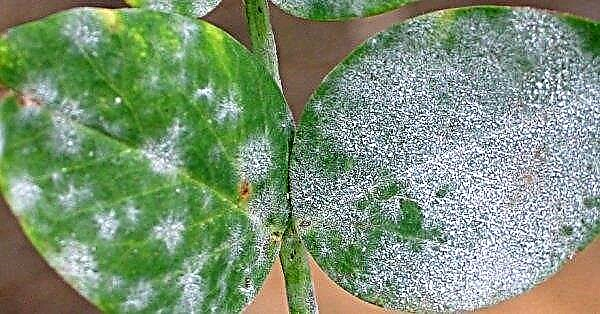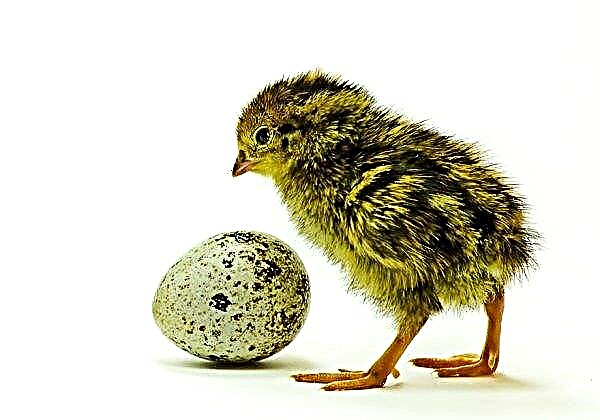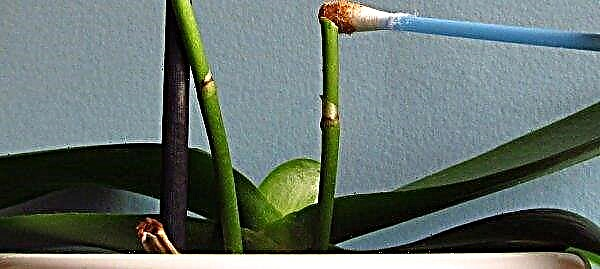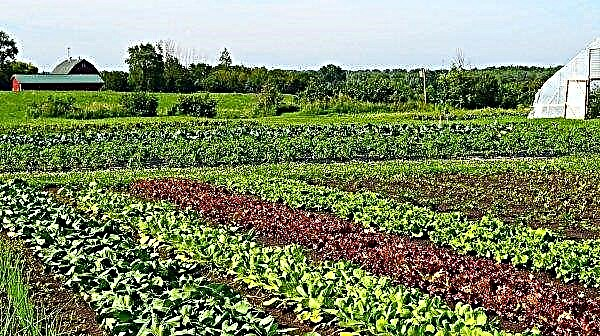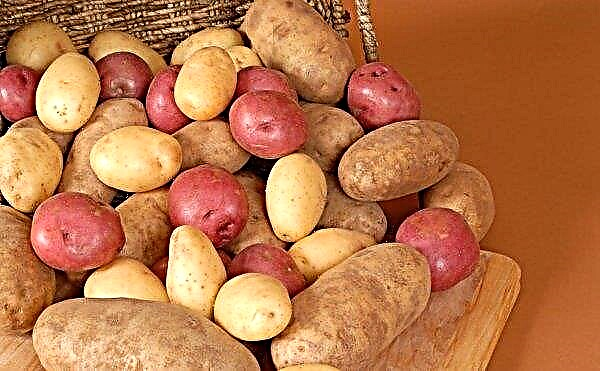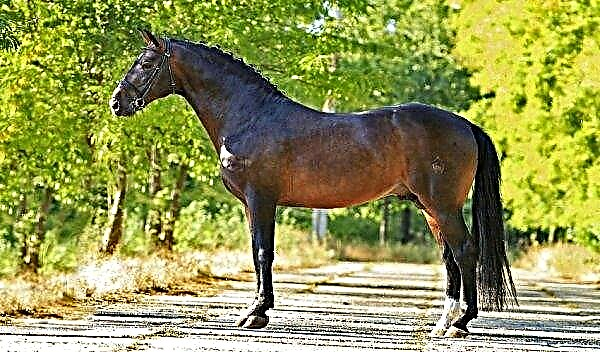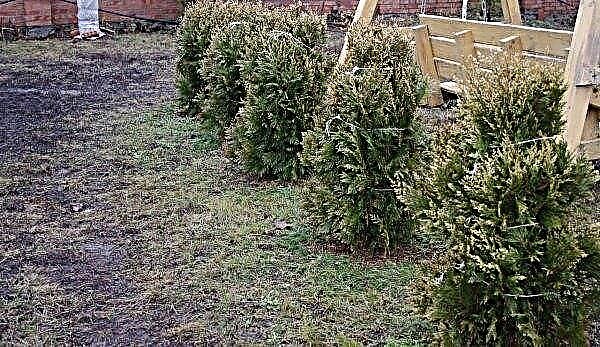Australia has stepped up its efforts to control the fruit fly in Queensland (Q-fly) through a research project on sterile insect technology in the amount of 10 million Australian dollars (7.1 million US dollars) SITplus.
Significant cash contributions were also made by the University of West Sydney (WSU) and the Government of South Australia. Discussing how the SITplus program works, coordinator Dan Ryan says the program involves the strategic release of millions of sterile flies into the environment.
These insects then significantly exceed the wild population, limiting the possibility of mating wild flies, which, in turn, ultimately leads to collapse in their subsequent generations.
“SIT allows farmers to reduce the use of pesticides and expand the production of high-quality Q-fly products, providing better trading opportunities,” he emphasizes.
 Fruit fly
Fruit fly
"Sterile flies can also be used to create buffer zones around pest free zones and to suppress populations in areas where fruit flies have been identified."
South Australia's Minister of Primary Industry and Regional Development Tim Wheatstone says South Australia has been a leader in using SIT to kill insects.
“SIT technology has become a key part of our response to eradicating outbreaks of fruit flies in South Australia, and our government is committed to investing and protecting our vital $ 1.2 billion gardening industry,” says the program coordinator.

Currently, the SITplus program has moved to the experimental stage of research and development partnerships, the purpose of which is to provide a comprehensive pest management solution for a major national horticultural producer.

